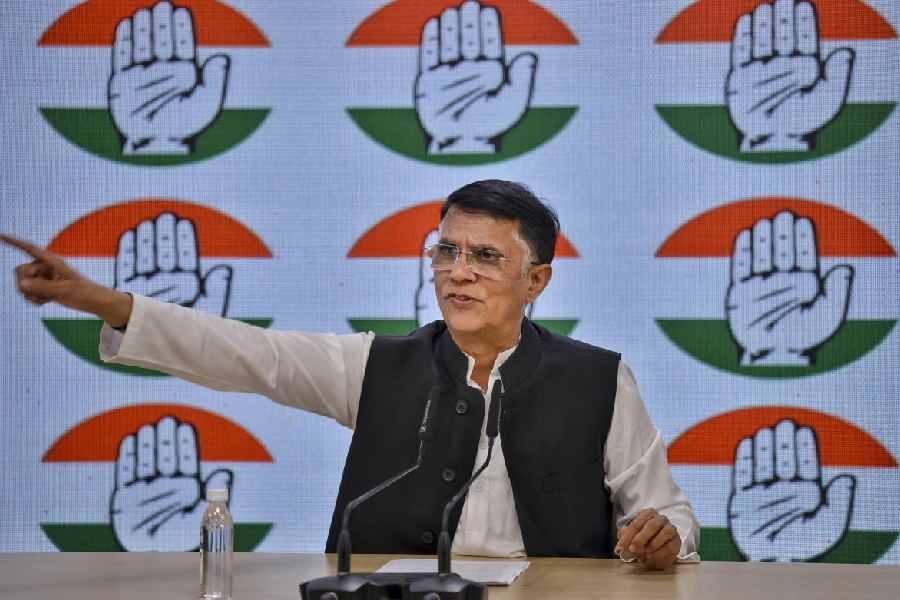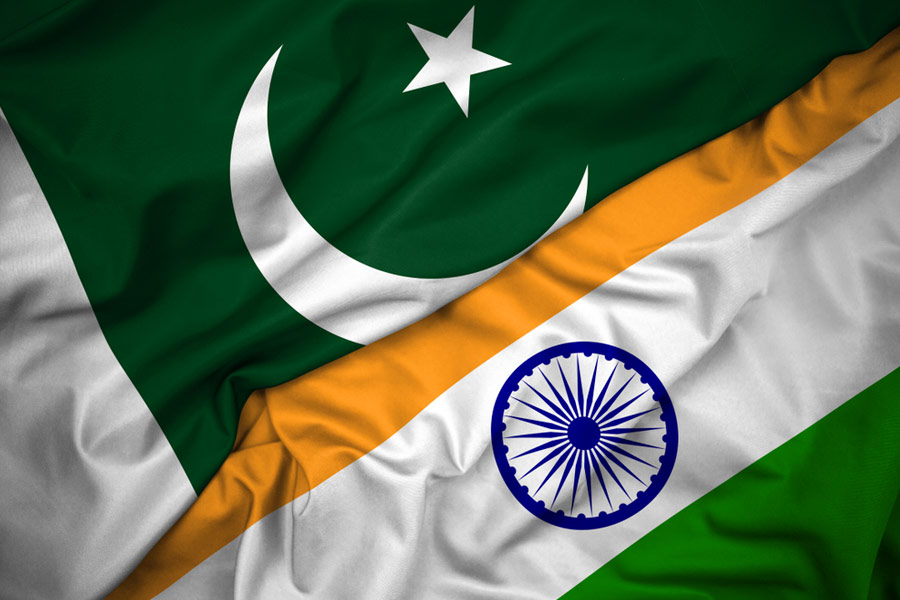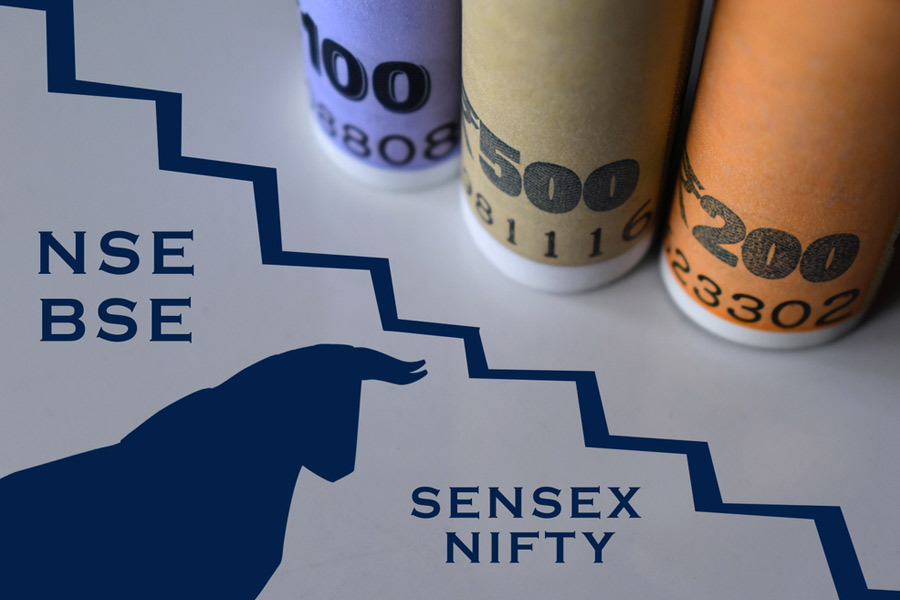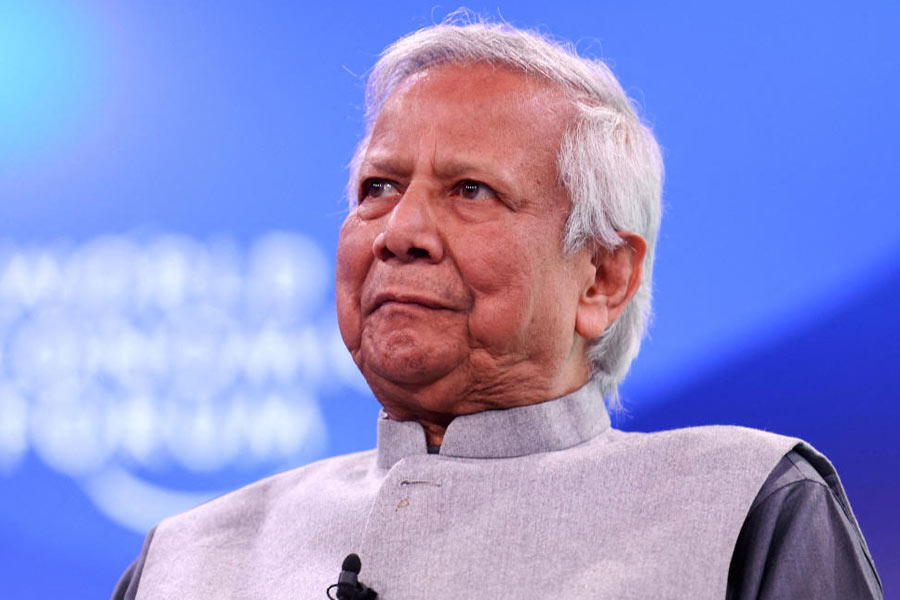 |  |
 |  |
In RABINDRANATH TAGORE: A PICTORIAL BIOGRAPHY (Niyogi, Rs 1,500), the biography is certainly more arresting than the pictures. Nityapriya Ghosh picks and chooses his sources as he tells the story of Tagore’s crowded life, in order to “fill in some gaps” in the tale with anecdotes and themes that tend to get lost in a sweeping narrative. As a result, Tagore is often seen from less familiar points of view. Given the range of Tagore’s activities and the rich produce of his inactivity, any popular narrative would have to skim through his 80 years. In spite of that, this story pays particular, if uneven, attention to Tagore’s political concerns and to his travels West and East. Facts usually found dispersed are often thematically linked together, such as the years he spent as editor of different periodicals. The occasional ‘boxes’, stylishly designed as old scrolls, throw sidelights on certain connections and anecdotes — Sarojini Naidu and Tagore, for example, or Shaw and Tagore, or even Tagore as film director (he was a disaster here).
There the stylishness ends. The text needed more attentive editing, and the lack of that often hurts the author’s translations of interesting passages — those from Rani Chanda, for example. But it is the ‘pictorial’ part of the biography that is truly disappointing. The book is simply not fair to a terrifically good-looking man who never objected to having his picture taken. Why plan a pictorial biography and skimp on the pictures? And the pictures are often too small and poorly reproduced, although the author offers a valiant defence of the quality in his acknowledgment. The carelessness extends to captions as well. On page 73, the captions for the poet’s nephews, Balendranath and Surendranath, have been interchanged. The photograph of Rabindranath “at the age of five” on page 13 is probably Rathindranath’s.
The presence of less widely known photographs is some consolation. The collection from Tagore’s travels and public life yields a few, such as the one showing him with the leaders of the Indian National Congress in 1890, in Chicago in 1913, or in Santiniketan with a group of students that includes Samindranath, with “German intellectuals” in 1926, with the former Chinese emperor, at the stone-laying ceremony in Mahajati Sadan while Subhas Chandra Bose speaks in 1939, and some taken in the Malay peninsula, in Siam, China, Japan, Burma, in Moscow, Naples and Frankfurt, and other places in Europe. But the uneven quality of production and inconsistent principles of description rather ruin the effect. And while there is a list of books referred to, the photographs seem orphaned. There is no way to know who took them and where they have come from.
Tagore at 36 is seen in Jorasanko (top left). The cropping and quality of the photograph leave much to be desired. Gaganendranath Tagore painted his uncle at the Calcutta Congress in 1917 (top right), the poet is seen with Madhurilata and Rathindranath in 1889 (bottom left) and on the steps of the Borobudur Stupa in 1927 (bottom right).











